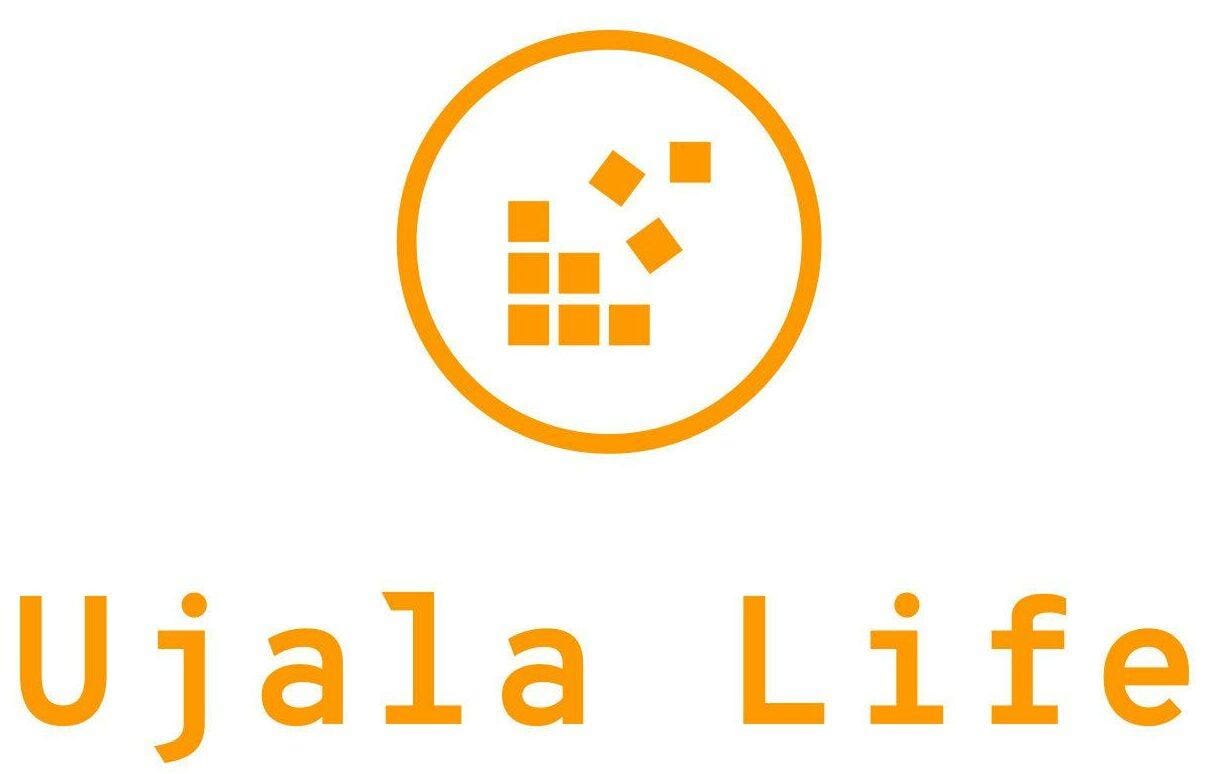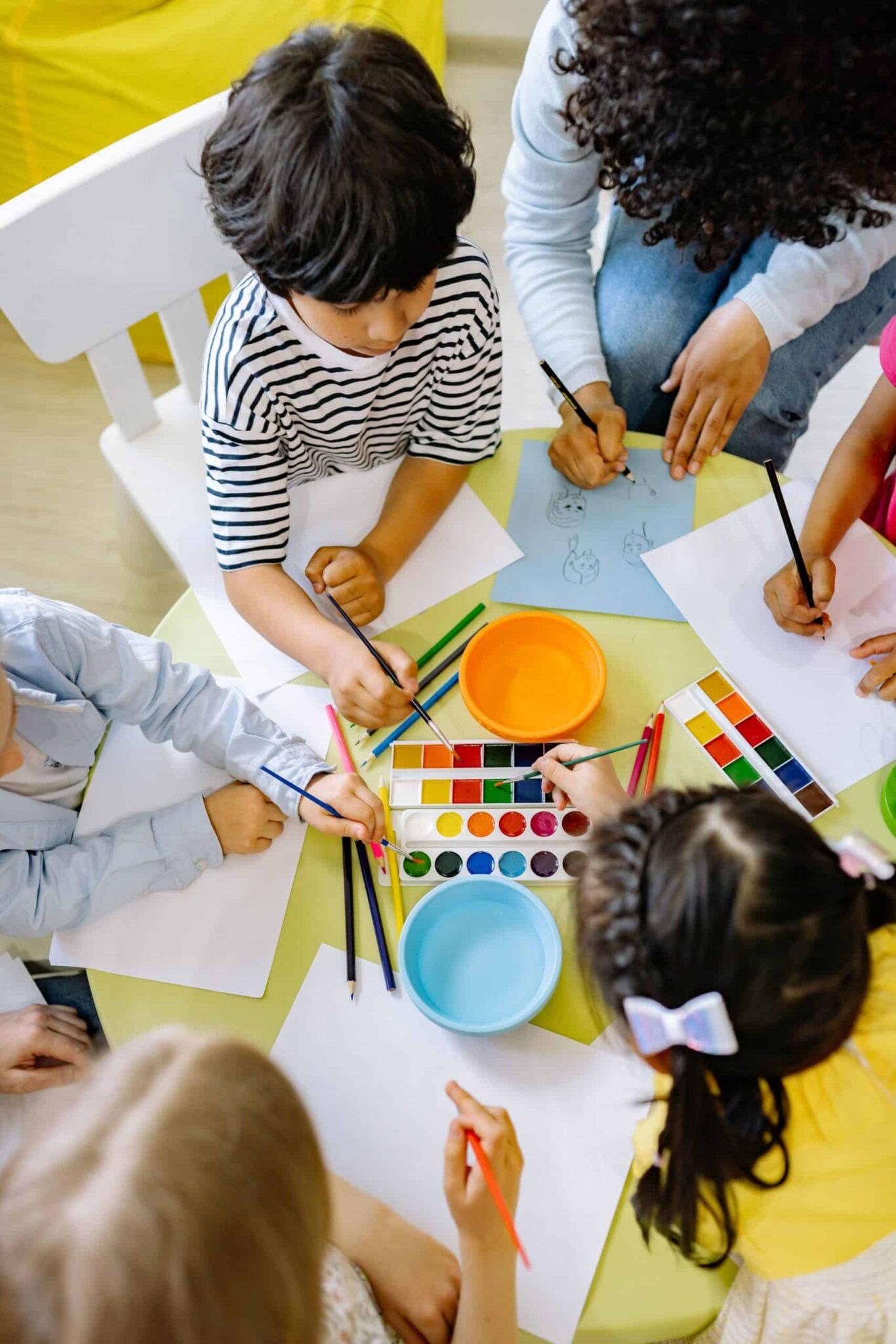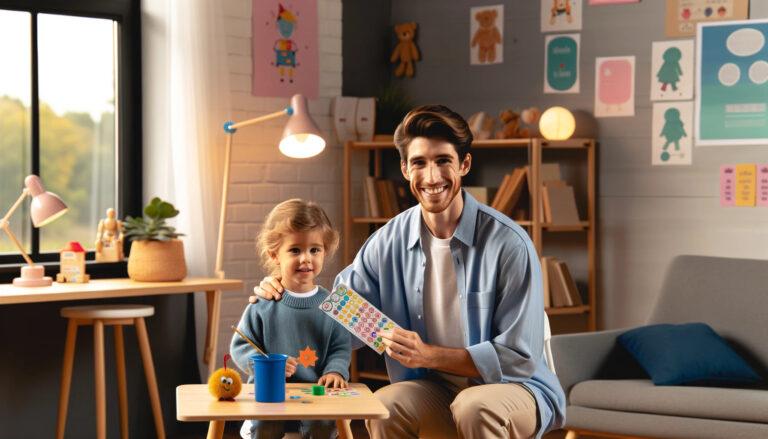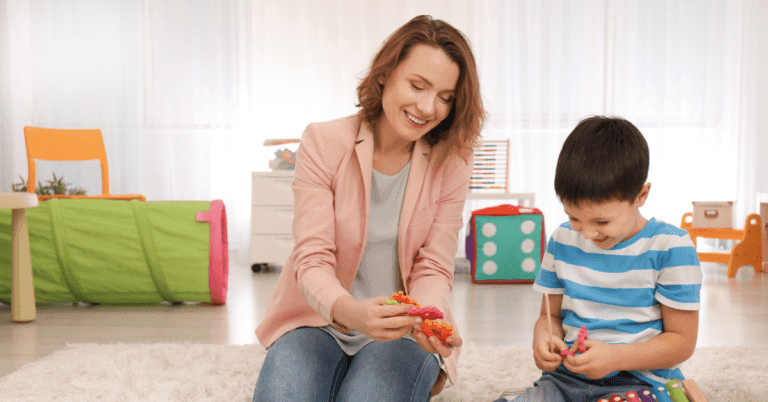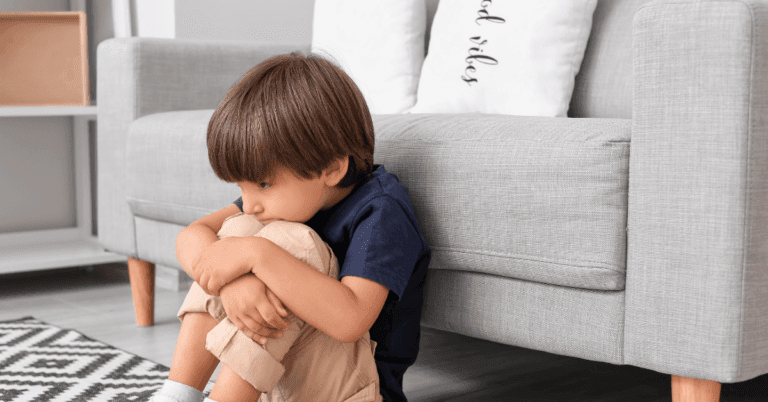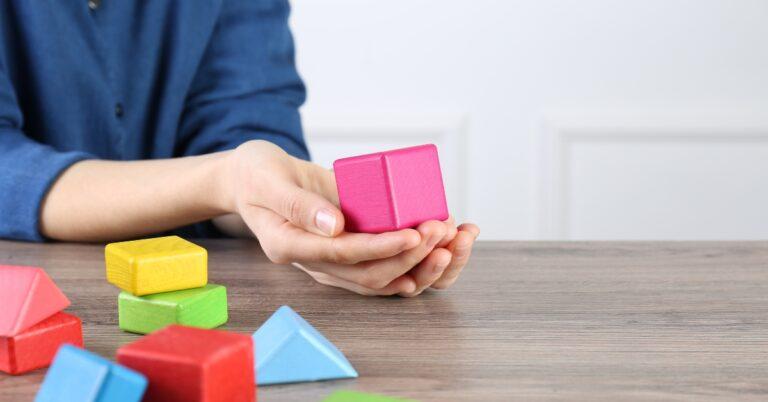Building Rapport: The Foundation of Effective ABA Therapy
Applied Behavior Analysis (ABA) has decisions that are driven by data, and structured teaching is the most effective method. Although this is true, there is another aspect of every successful teaching session, rapport. There must be a positive and trusting relationship between the provider and child. This is essential to have a successful therapy journey. Without rapport, the building blocks for the therapy are missing. It can negatively affect the results shown.
Why Rapport Matters in ABA
Rapport is more than just being well liked. There needs to be aspects of feeling safe, trusted, and being responsive. ABA needs a child to take some “risk”. This includes trying new skills, tolerating new changes, or trying to reduce reliant behaviors. This will be an easier process when the child trusts their provider. Effective rapport can lead to:
- Increase instructional control without coercion
- Reduce escape-maintaining behaviors
- Boost motivation and responsiveness
- Create a safe environment for skill practice
- Build trust that encourages open communication
Rapport is essential in ABA therapy to have success in the long term.
How to Build Rapport: Practical Strategies
Building rapport can look different based on many aspects. These can include the learner’s age, preferences or communication style, but there are some universal strategies:
- Pairing Yourself with Reinforcement
One of the first steps of ABA therapy should be to help associate yourself with things that the learner enjoys. The means to associate yourself with positivism, whether that be with preferred activities or items.
- Follow the Learner’s Lead
There needs to be an aspect of the learner being in control. This is simply letting them choose the activity. By joining their world instead of pulling them into yours, it helps to enjoy spending time together with no pressure.
- Be Available and Consistent
Rapport comes with repetition and consistency. By continuing to show up with energy to sessions, the learner will associate the session with positive vibes. Learners are relying on providers to be calm and supportive throughout their therapy.
- Use the Learner’s Communication Style
Effective ABA therapy hinges on building rapport. This involves meeting the child at their current communication level. It does not matter whether they use speech, sign language, PECS, or AAC. Recognizing and validating all attempts to communicate is crucial for establishing trust and minimizing frustration.
- Watch and Respect Boundaries
Emphasize obtaining consent by carefully observing body language, facial expressions, and indicators of discomfort. If the learner averts their gaze or disengages, respect their need for space, as forcing interaction can damage trust.
Common Pitfalls to Avoid
- Rushing Into Demands: Avoid introducing tasks too soon.
- Over-Reliance on Reinforcers: The child should avoid being solely reliant on receiving items. A strong relationship is also necessary.
- Ignoring Nonverbal Cues: Avoid pushing too far in situations or distrust will form.
- Inconsistency: Changing therapy techniques or therapists too often can make rapport difficult.
Building Rapport with Nonverbal Learners
For nonverbal or minimally verbal learners who experience communication difficulties, building rapport can involve several strategies:
- Mirroring their actions or sounds.
- Participating in play that focuses on their senses.
- Offering access to favorite objects or places.
- Demonstrating consistent and calm behavior.
Remember that these learners often communicate through their behaviors. Pay attention to their signals and allow their interests to guide your interactions.
Maintaining Rapport Over Time
Building rapport isn’t just a one time thing, it must constantly be worked on. As therapy sessions continue there are issues that arise. The trust being built will need reinforcement. New experiences being shared will help to keep the relationship strong and growing. There are many different activities than can be implemented to keep rapport strong.
Conclusion: Illuminating Progress Through Connection
At the heart of every meaningful transformation is a relationship rooted in trust. In ABA therapy, building rapport isn’t just a preliminary step—it’s the light that guides the way. We connect with compassion and follow the learner’s lead. We meet them with presence and patience. This creates more than a therapeutic environment. It creates a space where the child feels seen, safe, and empowered.
At Ujala Life we believe progress shines brightest when it begins with human connection. Before we teach, we listen. Before we guide, we understand. Because lasting change doesn’t come from compliance—it grows from connection.
Rapport is where the journey begins—and with it, we light the path ahead.
